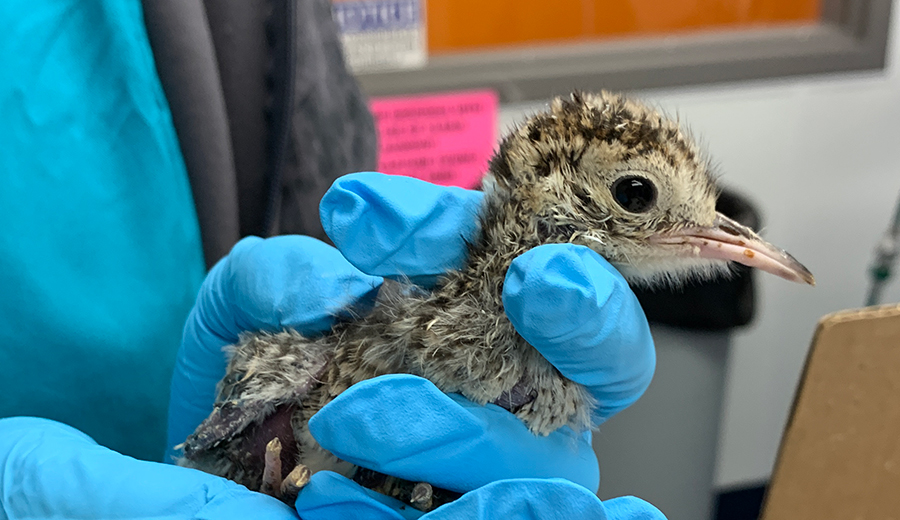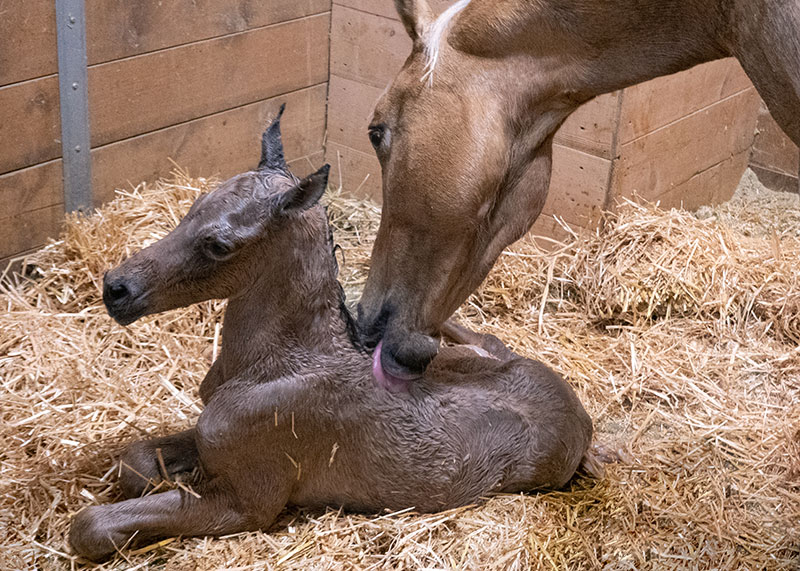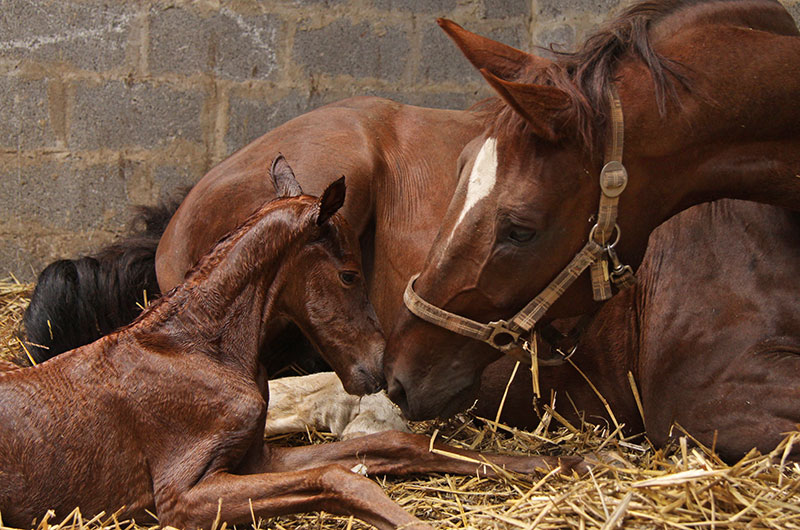At present, the University of Illinois is the only institution in the U.S. where the LATE procedure is performed. Evaluating referral information to triage and schedule patients is a slow process, and the procedure itself is extremely time intensive.
Interested owners can email cvm-late@ad.uillinois.edu to get more information. At present, our 2021-2022 waitlist is on hold due to the high demand and limited staffing
Dr. Heidi Phillips is deeply committed to enrolling new patients in the respiratory clinic.
We appreciate the patience of pet owners and referring veterinarians, and their excitement over the LATE procedure!
Illinois first in U.S. to offer procedure
Brachycephalic syndrome: it’s a medical term for a variety of anatomical problems that sometimes obstruct the airways in pugs, bulldogs, and other pets (even cats!) with flat faces. Brachycephalic syndrome is seen in brachycephalic dogs, which are dogs that have been bred for incredibly short noses. (The word “brachycephalic” comes from the Latin for “short-headed.”) Pets afflicted with brachycephalic syndrome may experience snoring, difficulty breathing, susceptibility to overheating, trouble with anesthesia, and more.
With popularity of these brachycephalic breeds on the rise, veterinarians are seeing more and more dogs with brachycephalic syndrome.
Illinois Specialists Introduce Procedure in U.S.
![[Sonny during laser-assisted turbinectomy]](https://vetmed.illinois.edu/wp-content/uploads/2021/04/pc-late-surgery.jpg)
In June 2017, a new surgical procedure that addresses one of these pets’ anatomical problems was performed for the first time in the United States at the University of Illinois Veterinary Teaching Hospital by Drs. Heidi Phillips and Brendan McKiernan. The procedure was developed by a German veterinarian and involves removing small amounts of tissue inside the dog’s nasal cavity. The surgery was performed on a young French bulldog, and it was a success! By the end of August, the surgeons had performed the procedure on several more patients (including Sonny, who is featured in the photos on this page), with additional patients scheduled for evaluation.
Dr. McKiernan is a specialist in small animal internal medicine and an internationally known expert in respiratory diseases of companion animals. In 1978, while he was an Illinois faculty member, he founded the Veterinary Comparative Respiratory Society and served as its first president for seven years. He is a professor emeritus of small animal medicine and former director of the hospital. Dr. Phillips is a board-certified small animal surgeon with special interests in soft tissue and microsurgery. She is an assistant professor of small animal surgery at the University of Illinois.
Turbinates May Block Airways in Brachycephalic Pets
![[a close-up of Sonny's turbinates on one side]](https://vetmed.illinois.edu/wp-content/uploads/2021/04/pc-late-nasalblock.jpg)
“A major location of heat regulation for dogs is their nose,” says Dr. McKiernan. “When dogs pant, air enters their nose and exits through their mouth. As the air travels through the nose, it contacts all these intricate scrolls of nasal tissue, called turbinates. These turbinates help to clean the air and cool it down for the body.”
In brachycephalic dogs, the nasal cavity is smaller, so the turbinates are more crowded and end up touching each other. “Turbinates can also get a little out of control, growing too far forward or too far back,” Dr. McKiernan explains. “In either case, it’s easy to see why these brachycephalic dogs have such a hard time breathing through their noses.”
The new procedure addresses with this problem, specifically treating the turbinates to improve the dog’s breathing.
Canine Turbinate Research Connection
How did Illinois become the first U.S. veterinary facility to offer this procedure?
![[Sonny with Dr. Heidi Phillips, at right, and surgical resident Dr. Hadley Gleason]](https://vetmed.illinois.edu/wp-content/uploads/2021/04/pc-late-phillips.jpg)
“It began in 2006 when I went to a convention in Germany to present my research on a newly discovered anatomical finding about canine turbinates,” Dr. McKiernan explains. “That is where I met Dr. Gerhard Oechtering, who was presenting on the same topic and his work to relieve the obstruction. We started talking, and I visited him in Germany in 2014 and 2015, when he showed me the new procedure he was doing to treat brachycephalic syndrome.”
After that initial meeting, Dr. McKiernan made more visits to Germany to learn about the surgery and to exchange knowledge on the topic. Dr. Heidi Phillips, a board-certified small animal surgeon at Illinois, also traveled to Germany to observe the procedure.
Together, Drs. Phillips and McKiernan have brought this procedure to the United States.
Laser Procedure Removes Obstructions
“The surgery is a laser-assisted turbinectomy, also called LATE,” Dr. Phillips explains. “We use a very small, precise laser to remove the parts of turbinates that are obstructing the nasal cavity. Because we use a laser, there is very little bleeding, and it has been a very safe procedure.”
“It’s important to keep in mind that treating the obstructing turbinates is only one part of the problem,” Dr. McKiernan says. “Typically, a dog with brachycephalic syndrome requires multiple procedures, so along with the LATE surgery we treat other parts of the upper airway tract, if necessary. Common problems include nostrils that are too narrow or structures in the back of the throat, such as the soft palate, that are oversized or out of place.”
Does this procedure affect a dog’s ability to smell?
“Actually, no. The turbinates we address are in the front part of the nasal cavity,” Dr. Phillips says. “The tissues and nerves that are responsible for the sense of smell are in the very back of the nasal cavity. In fact, clearing the airspace might actually improve a dog’s sense of smell.”
LATE Not a Cure
Dr. Phillips and Dr. McKiernan are excited to be able to help brachycephalic dogs in a new way, but this treatment still isn’t a cure. Although this does improve a dog’s quality of life, it won’t completely fix the problem. Even after the surgery, owners are advised to keep their dogs at an ideal weight and to monitor them closely in the heat.
To learn more about brachycephalic syndrome, talk to your local veterinarian.
By Danielle Engel

![[Sonny, a French bulldog, in the University of Illinois veterinary hospital]](https://vetmed.illinois.edu/wp-content/uploads/2021/04/pc-late-feature.jpg)


